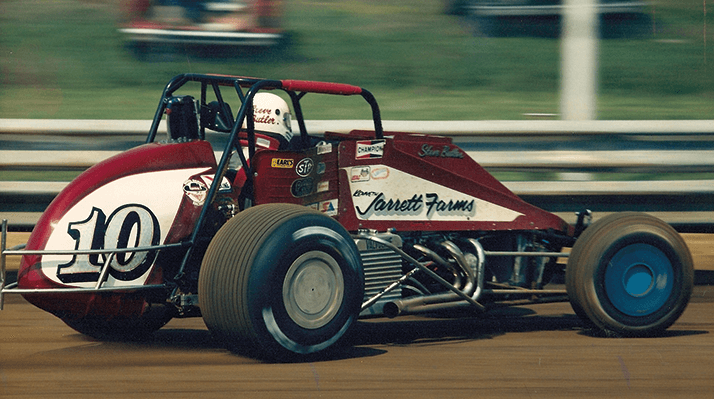
When cornering at break-neck speeds, every bit of friction counts – and tire-softening agents can enhance grip, improve handling and shave precious milliseconds off lap times. But they are also prohibited in competition. Stopping the cheaters in their tracks, researchers from the Indiana University–Purdue University Indianapolis (IUPUI) have developed a method to identify the banned tire softeners. Over the course of a year, the researchers tested 71 real tire samples from competitors in the United States Auto Club – 10 contained banned substances (1). “The results weren’t all that surprising to us,” says William Kretz, lead author of the study, “But I think a lot of the people these products are marketed to might be surprised to find out how easily the treatments they apply to their tires can be detected and even identified. The companies that sell these treatments give their patrons a false sense of security in order to convince them to buy more merchandise. In actuality, it isn’t difficult to detect these illicit treatments, if the tires are kept in a suitable environment and submitted for laboratory testing in a timely manner, the treatments show up clear as day.”
The team used solid phase microextraction (SPME) ahead of GC-MS. “The first advantage of SPME was its sensitivity. By pre-concentrating the analyte on the fiber surface, we were able to see tire treatments at lower detection limits than what liquid injection would permit,” says Kretz. “The second advantage was the lack of sample work-up. Because we were looking at the volatile compounds coming off the tire rubber itself, we didn’t need to do a liquid extraction. We were able to analyze the tires directly, avoiding arduous preparation steps and losses due to partitioning, and so on.” Kretz believes the new method will help professional racing by providing critical information to race administrators, and thus enabling them to take corrective or disciplinary action against individuals who violate the rules. “It helps ensure the events are fair and contributes to the overall integrity of the sport,” he says.
References
- W Kretz, C Carroll and JV Goodpaster, “Detection of prohibited treatment products on racing tires using headspace solid phase microextraction (SPME) and gas chromatography/mass spectrometry (GC/MS)”, Anal Methods, 8, 177-182 (2016). DOI: 10.1039/C5AY02657A




